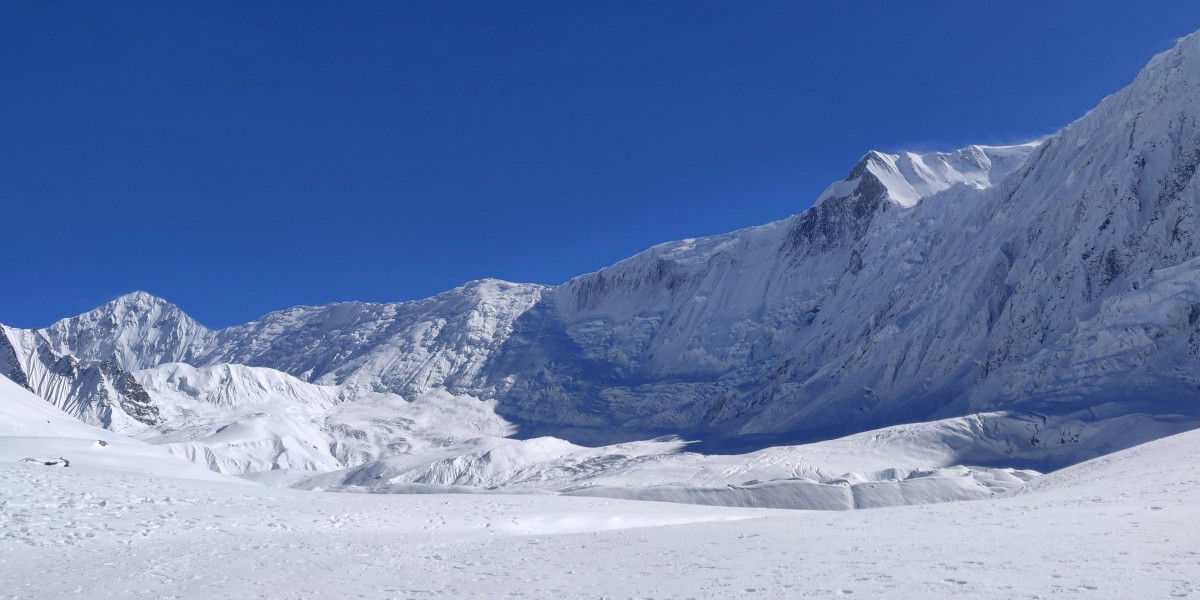Let me walk you through something that stands between high-altitude trekking and real mountaineering Island Peak locally it is called by name Imja Tse . As a professor who studies adventure travel and culture, I find this particular climb fascinating, both for its physical demands and for what it teaches us about human effort, teamwork, and the natural world.
Island Peak stands at 6,189 meters and sits in the Everest region of Nepal. It is one of the most popular “trekking peaks” in the country, meaning it’s not just a walk but also not as technical or dangerous as the world’s highest summits. Still, it’s no joke. Climbing Island Peak gives you a real taste of mountaineering.
Why Is It Called Island Peak?
In 1953, the same year Everest was first climbed, a group of explorers looked across the Imja Valley and saw this peak rising sharply above a sea of glaciers. They said it looked like an island in a frozen ocean and the name stuck.
Who Is This Climb For?
This climb is ideal for:
Trekkers who want to try something more challenging than a regular trail
Climbers preparing for bigger mountains like Everest or Ama Dablam
Adventurers who want to learn basic mountaineering skills
You don’t need to be a professional climber, but you do need to be in good shape and mentally ready for cold weather, long days, and some technical sections.
What Makes the Climb Special?
There are three parts of the Island Peak climb that stand out:
1. The Approach Trek:
Before the climb, you’ll walk through the heart of the Khumbu region—same trail used for the Everest Base Camp trek. You’ll pass villages like Namche Bazaar, Tengboche, and Dingboche, where Sherpa culture is still alive. This part of the journey helps your body adjust to the altitude and gives you time to soak in the environment.
2. The Base Camp and Training:
Island Peak Base Camp is around 5,100 meters. From here, climbers usually spend a day resting and training. This is where your guide shows you how to use gear like crampons, harness, ropes, and an ice axe. Even if you’ve never used this equipment before, most people pick it up quickly with the right instruction.
3. Summit Day:
This is the hardest but most rewarding part. You’ll start before dawn, hiking with a headlamp in the dark. The climb includes a glacier section, a steep snow wall, and finally a narrow ridge to the top. It’s physically demanding, and you’ll need to move carefully, but with your guide’s help, it’s possible.
From the summit, you get a full view of Lhotse, Makalu, Baruntse, and even Everest in the distance. It’s cold, it’s windy, but it’s also unforgettable.
What You Need for the Climb
Here’s a quick list of what you’ll need:
Permits: Climbing permit, Khumbu Pasang Lhamu entry, and Sagarmatha National Park permit.
A Licensed Climbing Guide: Required by law and strongly recommended for safety.
Gear: You can rent most technical gear in Kathmandu or Namche (crampons, helmet, ice axe, harness). Bring your own boots, jacket, and warm layers.
Fitness: Start training at least 1–2 months before. Long hikes, stair climbing, and cardio workouts help a lot.
How Long Does It Take?
Most Island Peak climbing trips take 16 to 20 days, including the trek to and from the base camp. Some people also add a visit to Everest Base Camp or Kala Patthar to make the most of their trip.
Challenges and Tips
Altitude: Go slow and drink plenty of water. Most people who struggle do so because they rush the acclimatization.
Weather: October-November and March-May are the best climbing seasons. Outside of these windows, conditions get risky.
Mental Preparation: Be ready for cold mornings, tired legs, and moments of doubt. But also be ready to feel stronger than you thought possible.
Final Thought
Climbing Island Peak is not about bragging rights or Instagram photos. It is about testing yourself in a real way. It’s about waking up in a tent before sunrise, tying into a rope, and walking across ice under a sky full of stars. It’s about learning not just about mountains, but about yourself.
And the best part? You come back different more patient, more focused, and maybe a little more curious about what else you're capable of.






